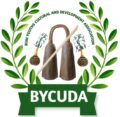Faat Kimbi Fondom.
1) Brief History
The FAAT people are of Tikar descent. The name Faat-Kimbi was derived from their settlement near the Kimbi River in 1952. The inhabitants, referred to as Chung, trace their lineage back to King (Fon) Chieh I, their initial leader. Originally situated in Kwo-FAAT, they later migrated to their current location. The community is located along the Ring Road.
Following King Chieh I’s passing onto glory in 1939, King Nyambi II assumed leadership until his demise, leaving the throne vacant for several years. Eventually, the FAAT community elected Bande Nseh as their new King (Fon). However, disputes over leadership emerged after Fon Bande Nseh’s death in 1996, sparking a struggle between two Chung families (Ntong and Senki) to install their respective family members as Fon. The following Kings have ruled Faat, Lahkekong, Chieh Lahkekong, Nyamnjuoh Chieh (King Gitang Michael, 2024).
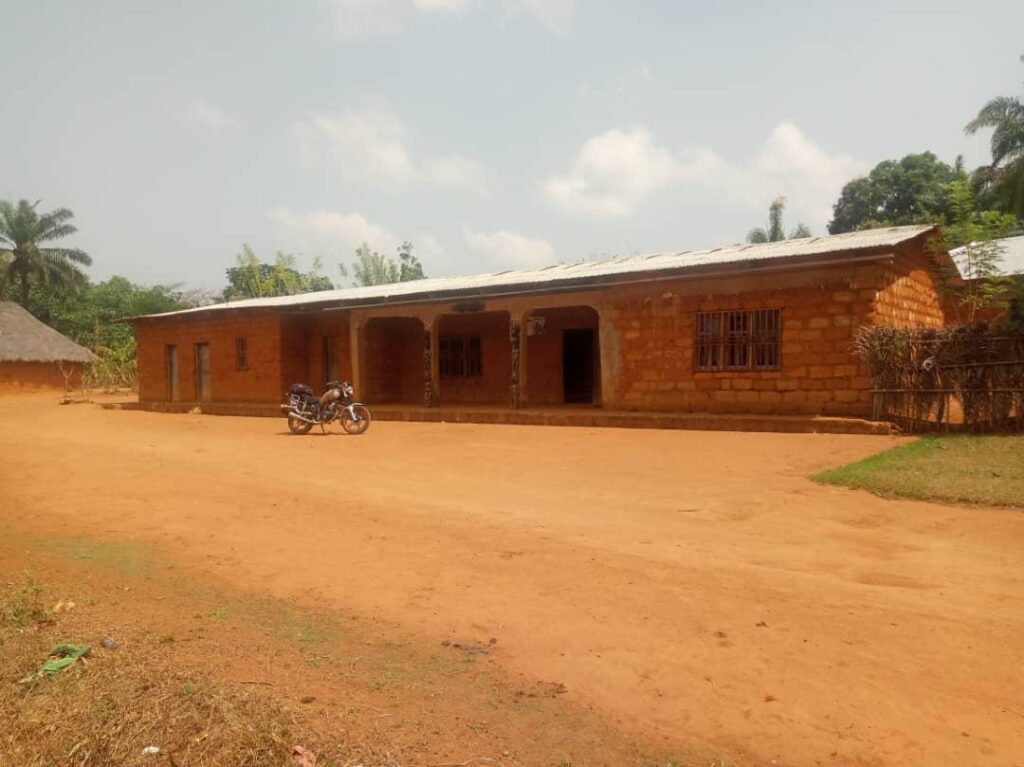
Fon Micheal Gitang palace
Currently, each family boasts of a King; King Nseh Keyong John leads FAAT Ntong, while Fon Gitang Michael Bongla I heads Faat Senki family according to some notables. King Michael Gitang Bpngla I claims he is the lone legitimate ruler of the Kingdom (Faat Ntong and Senki) because he is recognised by the government of the republic of Cameroon through prefectural no 026/PO/E.32/SAAJP.
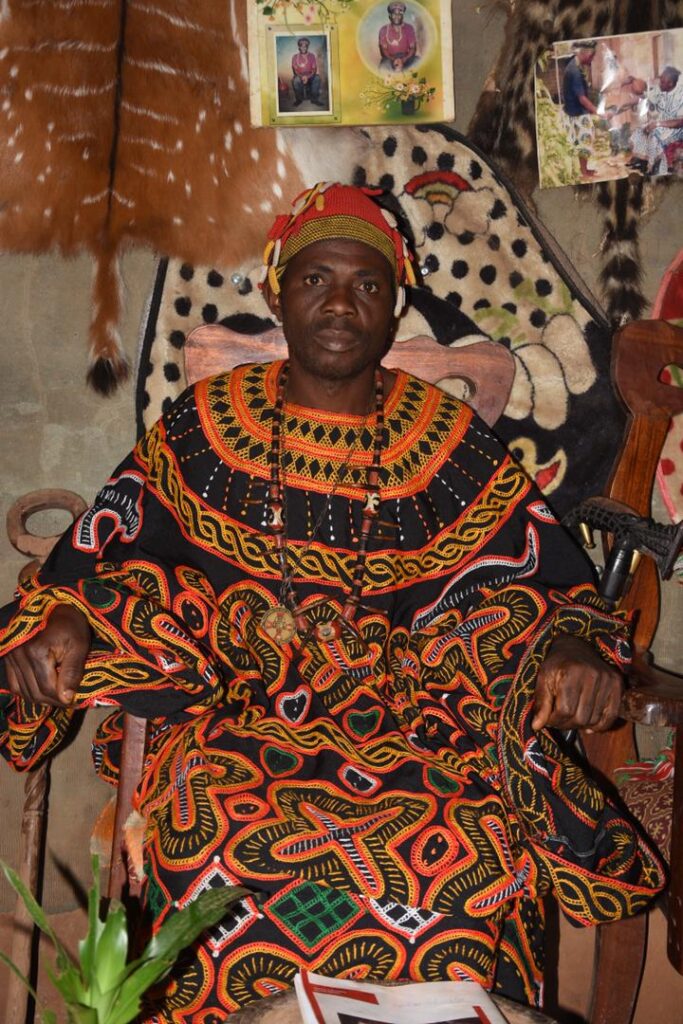
Fon Nseh
2) Socio-economic life
The Kingdom is inhabited by Christians, Muslims and animist. FAAT-Kimbi thrives primarily on agriculture and cattle rearing, where they grow various crops such as corn, beans, oil palm, coffee, and cocoa. Other activities include, hunting, fishing, mat weaving, poulty, and storekeeping. Kimbi boasts the Kimbi Game Reserve, established in 1964, spanning 5625 hectares and abundant with natural resources like timber, fish, and diverse wildlife. The village is crisscrossed by numerous streams and shares its borders with Mungong, Subum, Dumbu, and the SODEPA Ranch. Divided into quarters such as Kimbi Central, Kwofaat, Kintani, Su-Sawi, Hausa Quarter, Sali, Kiyaki, and Tohkimballa, Kimbi is home to government, Islamic, and Presbyterian primary schools, as well as Catholic and Presbyterian churches, and a mosque. Its population exceeds 6037 inhabitants (Fonfuka Council Development Plan, 2011).
3) Cultural Institutions and Touristic Potentials of Faat-Kimbi
Faat-Kimbi in a plater of gold when it comes to touristic potentials. The Kingdom’s potentials are natural, cultural (material and immaterial).
a) Cultural Institutions.
Kwifon: This is the highest institution of the land. It rules overseas the wellbeing of the people of Faat-Kimbi, regulates the socio-economic and political life of the people. It is the equivalent of parliament in the government of a country. Kwifon has a leader called Beh Kwifen who is appointed by the King (Fon/chief). Kwifon has masquerades such as Kfok/nkoh, mabuh, wa-mabo, that displays during the funeral of a member. Kwifon is an institution that exists in almost all the Bamenda (Tikar descent) Kingdoms.
Jung-Hinchu: This is a traditional house in the palace where cleansing of the community takes place. When there is evidence that the community or chiefdom is in chaos through poor yields in farms increase in deaths, cleansing ceremonies are organised in this house.
The traditional Council: The traditional council is an institution that works in collaboration with the kwifon to handle cases of indiscipline and wrong doings in the chiefdom.
Kinfili: is an annual festival for both men and women. People dance from one house to the other for two days. This happens without a break for two consecutive days. It is performed only when there is peace.
Manjong: Manjong is a social group for men. The institution is regarded as the military arm of the society.
Chong: This is a secret Society that cuts across all the Kingdoms in Bum. b) Touristic Potential…
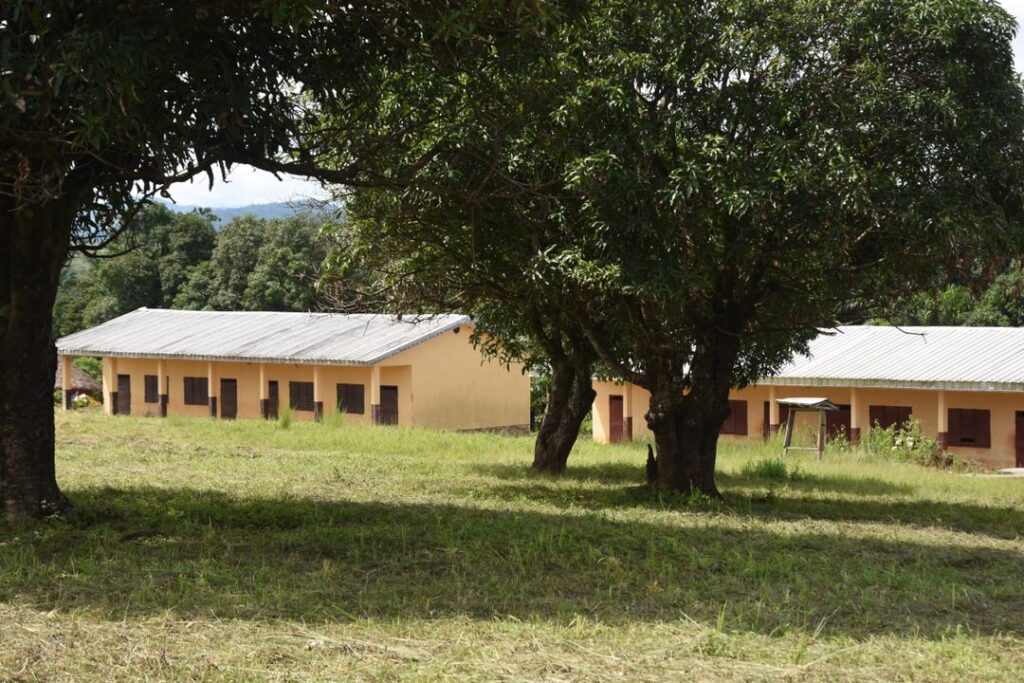
GTC Kimbi
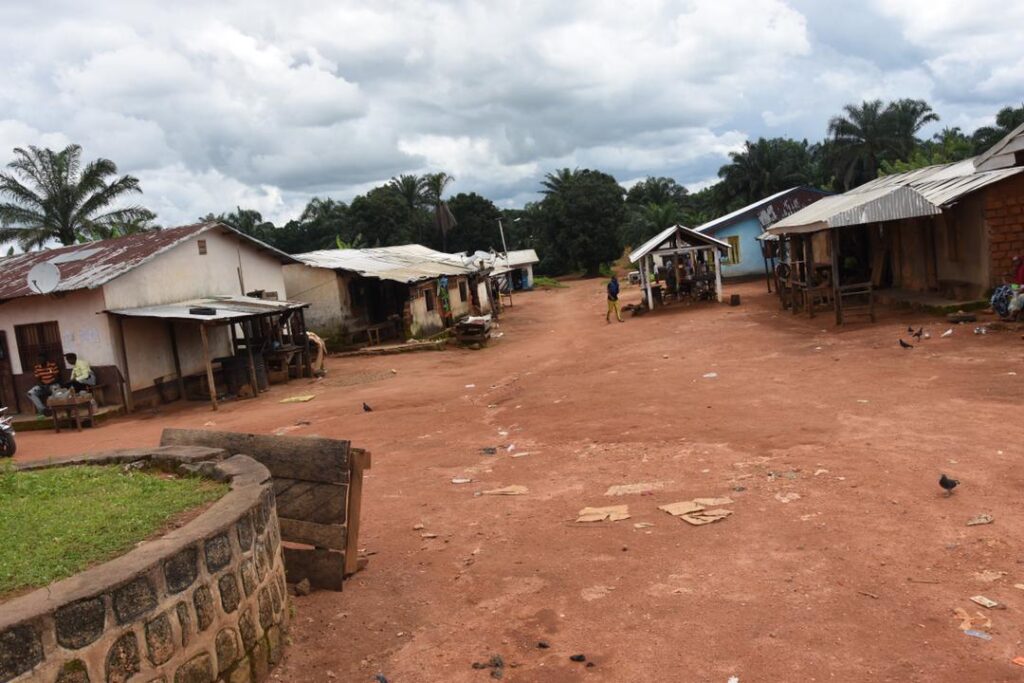
KIMBI MARKET
